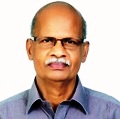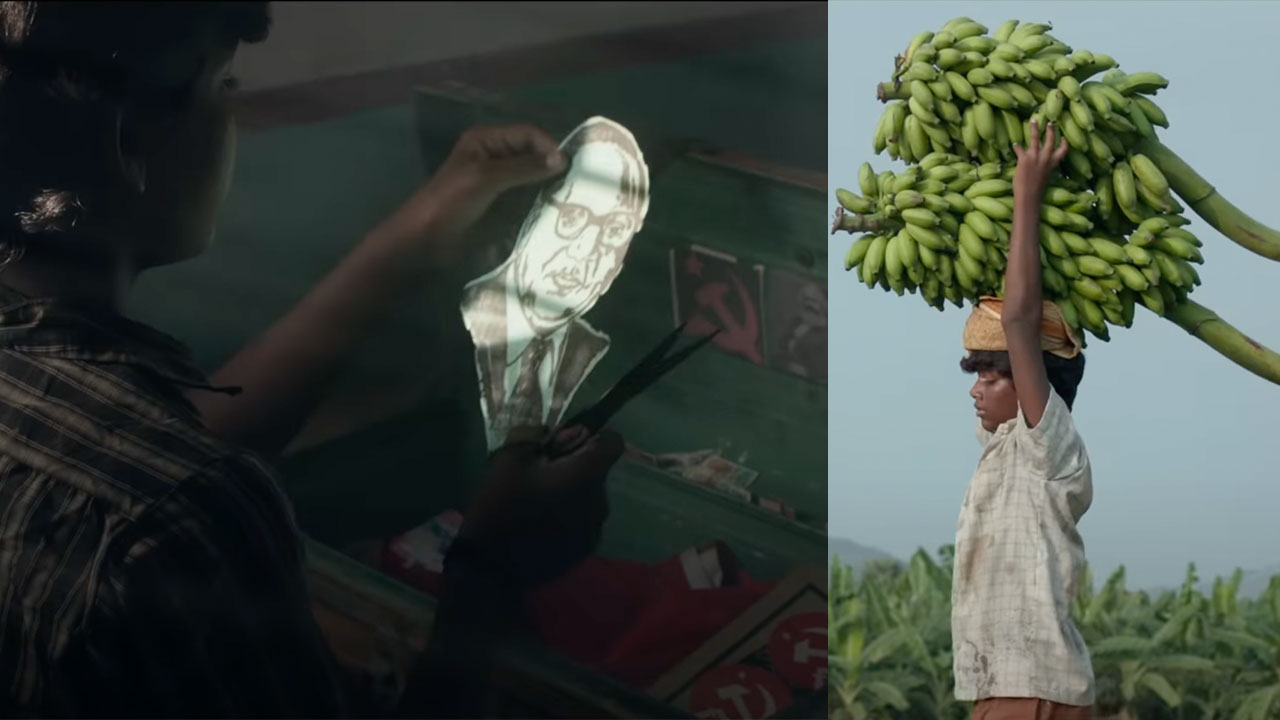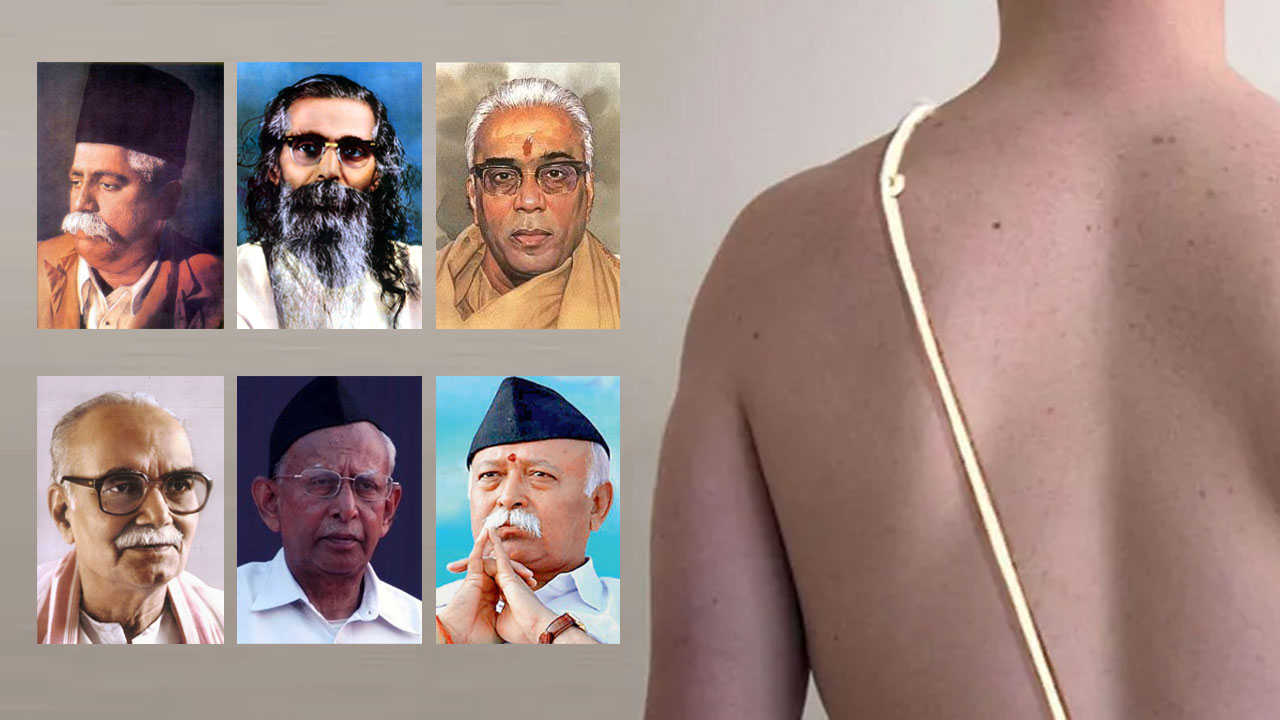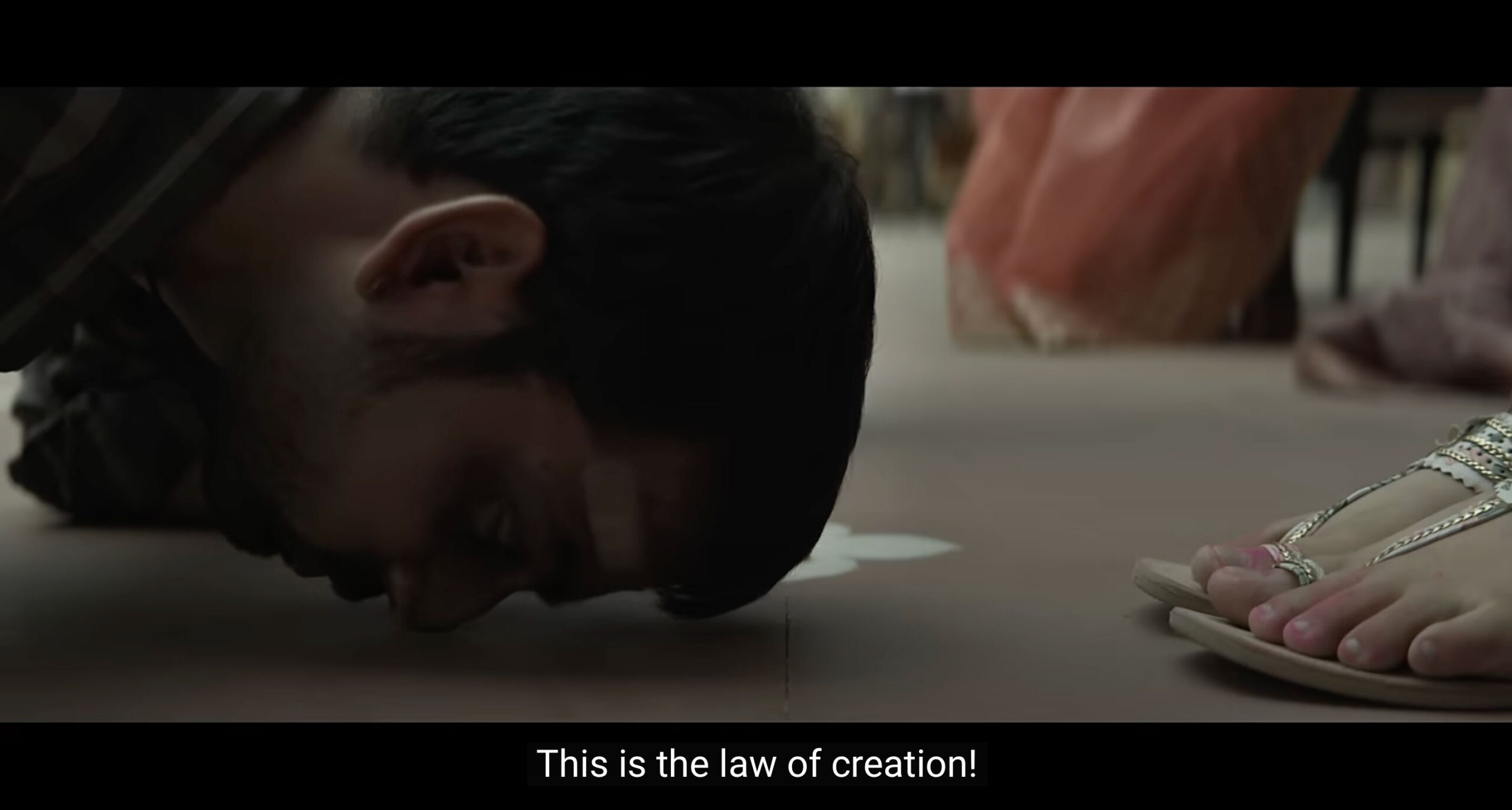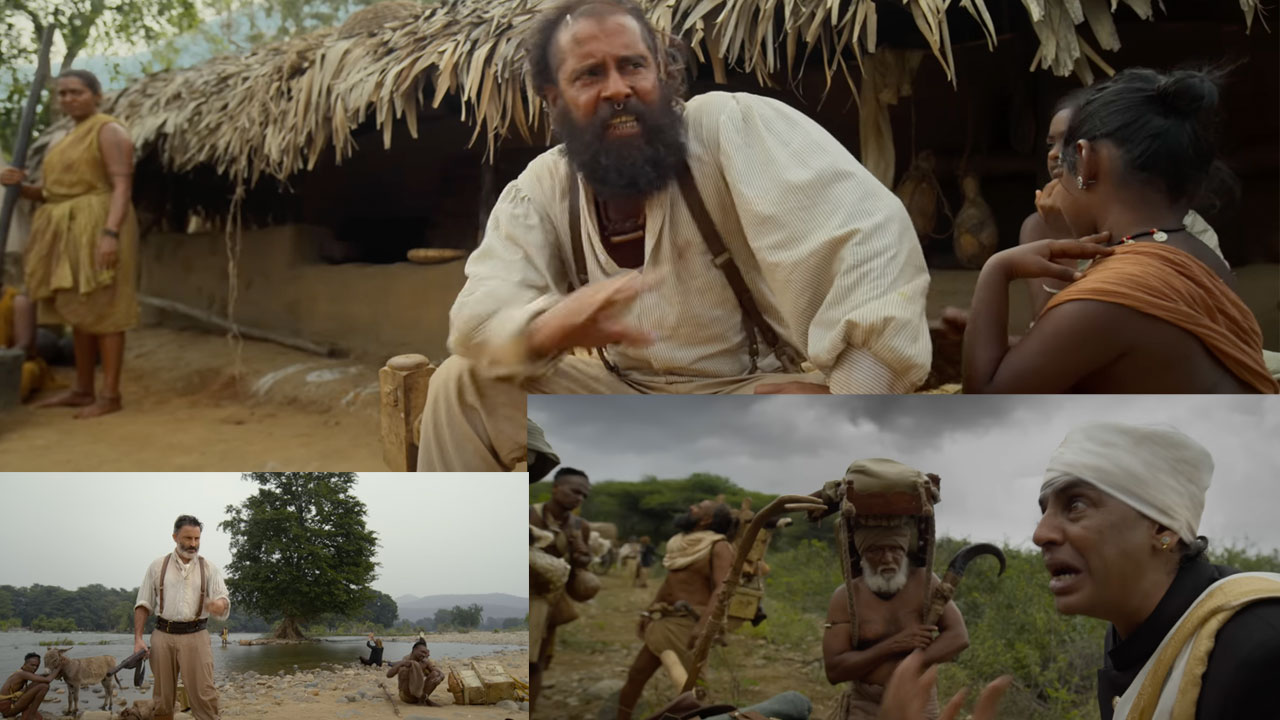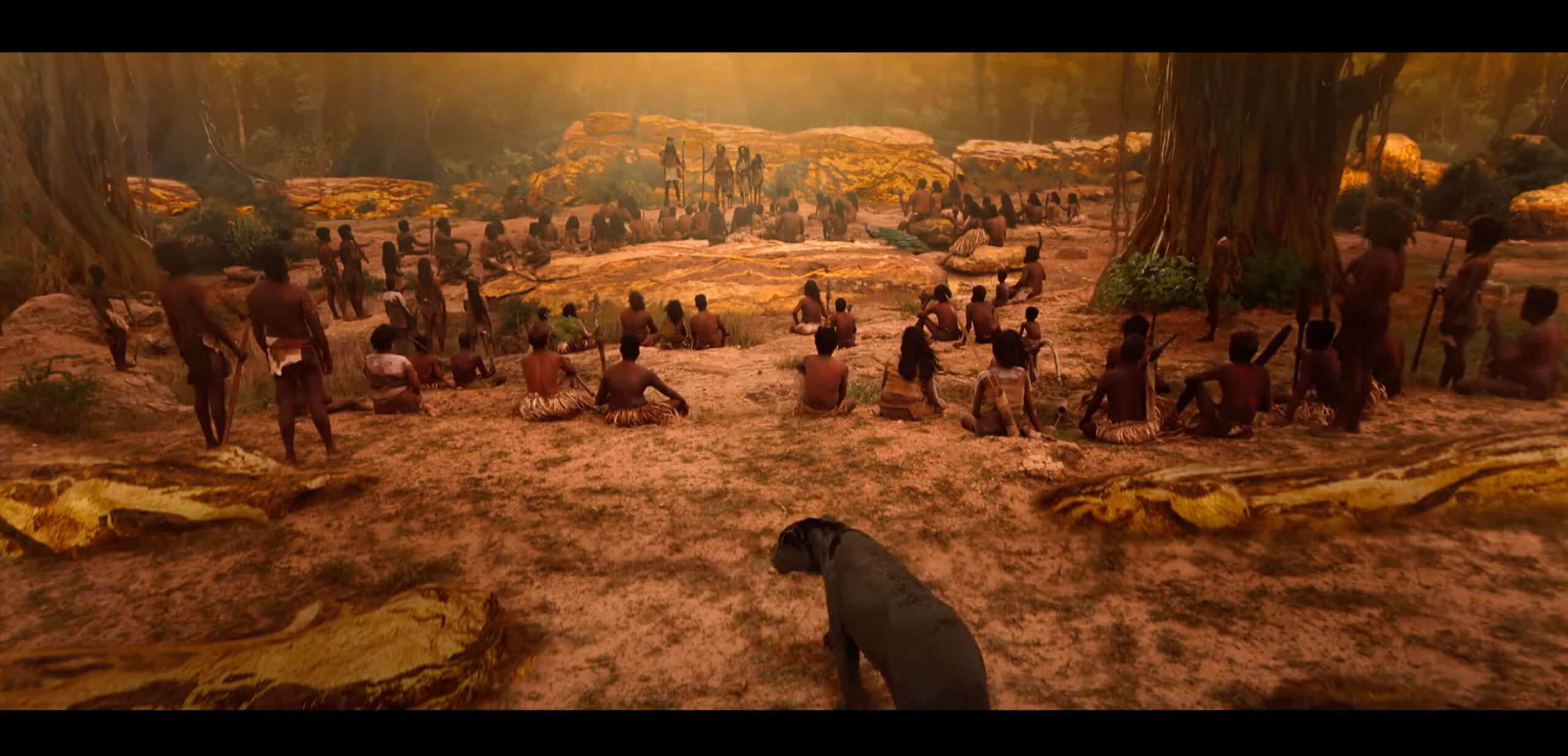The Government of India has given the Commission for Subcategorization of OBCs (CSO), headed by Justice (Retired) G. Rohini, the fifth extension till 31 July 2019 to submit its report. The Terms of Reference of the CSO are: (i) to examine the extent of inequitable distribution of benefits of reservation among OBCs included in the Central List; (ii) to work out the mechanism, criteria, norms and parameters in a scientific approach for subcategorization within such OBCs; and (iii) to take up the exercise of identifying the respective castes or communities in the Central List of OBCs and classifying them into their respective subcategories. According to a report of the Press Trust of India on 31 December 2018, the CSO had sought an all-India survey by an agency to have an estimate of the caste-wise population figures and had sought funds from the Centre for the purpose, since caste-wise data is not available from the decadal censuses after 1931, even the Socio-Economic Caste Census (SECC) 2011. According to the CSO, the Central list of OBCs comprises more than 2,600 castes, many of which are small in number and occupy distinct geographical locations, which is why it is necessary to have a large sample (of more than 10 lakh households), covering every sub-district of all States and Union Territories.Meanwhile, the CSO has released two consultation papers for seeking the views of state governments and stakeholders in OBC subcategorization.
Approach of the first consultation paper
According to the first consultation paper released by the CSO in October 2018 and accessed by the Indian Express:
- Five-year data on OBC quota implementation in Central jobs and higher educational institutions showed that a very small section has cornered the lion’s share.
- Of the jobs and educational positions reserved for the OBCs at the Central level, 97 per cent have gone to people from less than a quarter of all 2,600 OBC sub-castes.
- In addition, 938 OBC sub-castes – which make up 37 per cent of the total number – have no representation at all in the reserved seats.
- The sub-castes that have benefited most from reservations are Yadav, Kurmi, Jat, Saini, Thevar, Ezhava and Vokkaliga.
- As many as 994 OBC sub-castes have a total representation of only 2.68 per cent in recruitment and admissions.
The CSO has also recommendations on how to overcome these skews, including subcategorizing the quota, so that it is not a big piece of the pie for OBCs in general, but smaller pieces depending on a sub-caste’s population. The key idea is not to create a new hierarchy among OBCs but a more level playing field for all, keeping in mind their numbers, their backwardness and their regional spread. “Subcategorization of the OBCs need not imply establishing a further social hierarchy within the communities included in the Central List based on relative lowness or otherwise of their ascribed social status or traditional occupation. All communities included in the Central list of OBCs are socially and educationally backward – which is a precedent condition for such inclusion – and thus deserving of reservations in education and recruitment,” it stated.
The CSO is all set to recommend a fixed quota, possibly between 8 and 10 per cent of the 27 per cent OBC quota, for about 1,900 of the 2,633 castes on the Central List. In addition to fixed “quotas within quotas”, a significant recommendation of the Commission is that the classification be based on relative government benefits availed and not relative social backwardness, which involves parameters such as social status, traditional occupations, religion, etc. Using the quantum of benefits enjoyed by different communities to subcategorize OBCs is a major departure from recommendations of several commissions in the past. To date, subcategorization of OBCs as recommended by a few commissions and implemented by some states (including Tamil Nadu, Karnataka, Andhra Pradesh, Telangana, Haryana, Jharkhand, Bihar, West Bengal, Maharashtra, and Jammu) have used various criteria to ascertain social backwardness, including the ascribed status such as de-notified, nomadic or semi-nomadic tribes, the religion of a community, caste status before conversion to Christianity or Islam, perceived social status and traditional occupation.

CSO has proposed a three-tier approach for subcategorization of backward communities in the Central backward classes list:
- The castes in the Central List be sub-divided based on the “quantum of benefits” they currently enjoy in central government services and education institutions. The share of representation in central superior services and elite institutions, like IITs and IIMs, is thus, one of the proposed parameters to determine the relative backwardness of a community within the larger OBC category.The share of reservation of each group within the overall OBC category thus subcategorized may, however, be determined based on their relative population at the all-India level.
- At the second stage of the subcategorization process, the CSO proposes to normalize this Central List with State OBC lists, to ensure communities with similar attributes and social status are grouped together – the parameter being traditional occupation and share in superior central services.
- The percentage quota allocated to each sub-group would be determined by their relative population.
However, the CSO has noted that none of the “available sources provide a reliable estimate of the population of individual castes and communities included in the Central List”. But it notes that “it is possible to reliably determine the relative population of large groups of castes, spread over the whole of India, on the basis of the available data from various sources”.
A second consultation paper circulated this year informed all states that the CSO will “recommend specific measures and schemes for the uplift” of 983 of the 2,633 communities that have no share in reservation benefits so far.
Specific measures, schemes and ‘quota within quota’: A reality check
Creation of special “quota within quota” itself is an act of adding to existing social hierarchy of OBCs, which the CSO wants to avoid. The above approach itself is a contradiction and belittles the very intent behind reservation as a measure to address historically accumulated social injustice. The classification of some of the OBCs into More Backward Classes (Group ‘B’) consisting of vocational groups engaged in traditional occupations, used by State OBC Subcategorization Commissions and proposed by the former National Commission for Backward Classes (NCBC) in March 2015, makes sense in the case of a number of OBCs with a pan-India presence and heritage tag, like the Vishwakarma community. While, in terms of the equity principle, the proposal to adopt specific measures and schemes for those who haven’t benefited from reservation (983 of the 2,633 communities) at all is welcome, there are all-India communities, like the Vishwakarma, eligible for special consideration not only because of larger numbers, backwardness and national spread but also in view of their contribution to national heritage (tangible and intangible), thanks to their traditional occupations. They are proud conduits of a vast body of inherited knowledge, including traditional science and technology. Such communities constitute 14 per cent of the OBCs with a pan-India presence. Why doesn’t the CSO have a special approach to empower 14 per cent of OBCs with a pan-India presence? Are they not eligible for a special package of specific measures and schemes, particularly in admissions to higher educational, research and development institutions apart from reservation in jobs?

Given the mandate of the CSO, one is at a loss to understand the logic of fixing a sub-quota of 8-10 per cent from the 27 per cent total quota to the most deserving group of 1900 OBCs, without the vital information of the populations of individual castes to be included in the group. How is the quota of the other 733 OBCs to be ascertained, category-wise or as a single group? The CSO itself admits a lack of credible caste data. Then there are other factors like the large number of other backward classes/castes (2,633); their heterogeneity and spread; and the 50 per cent cap on total reservation for backward classes covering SCs, STs and OBCs. The share of benefits accrued to a community or a group, without data on their relative populations, extent of backwardness and regional spread, makes little sense in the identification/subcategorization process. The CSO’s request for an all-India study of caste and socio-economic status has not been considered by the government so far and the tenure of the CSO will be over by 31 July 2019. Hence, the proposals captured in the consultation papers constitute only cosmetic, if not, controversial corrections in the OBC subcategorization narrative.
All the communities with a pan-India presence (14 per cent of the OBCs, including Vishwakarma community) and contributions to the culture and heritage of the country must be placed in the MBC (Group “B”). Social productivity and hereditary-skill factor of the community/group should be considered in the MBC classification. They may be allotted a sub-quota of 15 per cent reservation (in employment and education) and the Extremely Backward Classes (Group “A”) be assigned a sub-quota of 7 per cent reservation and the Backward Classes (Group “C”) be assigned a sub-quota of 5 per cent reservation. According to a distinguished scholar, backward communities are traditionally against the “Western” idea of globalization and therefore they must be brought into confidence through the elite and advanced sections among them. They must be provided with universally applicable protective measures.
The task of ensuring inter-group and intra-group social justice within the OBC category also merits the serious attention of the CSO. The criterion for the MBC subcategory should not be merely the lack of reservation benefits received so far but also the wider set of factors associated with issues in traditional occupation, if any, apart from socio-economic and educational status, representation in popular elected bodies and so on.
Copy-editing: Anil

